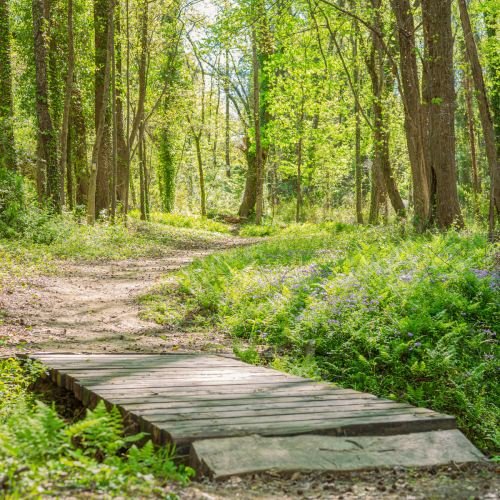Tax Incentives
FEDERAL TAX INCENTIVES
In 2015 the United State Congress permanently authorized a tax deduction for eligible conservation easement donations. These incentives make it easier for average Americans, including working family farmers and ranchers, to donate the development rights on their land. The incentive:
- Donors of qualified conservation easements can deduct up to 50% of the conservation easement value from adjusted gross income.
- Allows you to deduct up to 100% of your AGI if you qualify as a farmer or rancher; and
- The carry-forward period for a donor to take the conservation easement tax deduction is 15 years, i.e. the donor has the year of the conservation donation and up to 15 additional years to deduct the value of the conservation easement from his/her Adjusted Gross Income.
This is a broad overview of the potential federal tax deduction benefits for which your conservation easement donation may qualify. For more information, please contact a representative of SPACE or read Land Trust Alliance’s “Using the Conservation Tax Incentive” booklet.
SOUTH CAROLINA STATE TAX CREDITS
South Carolina offers tax credits to those who make a donation of land for conservation. In general, a tax credit is more valuable than a similar tax deduction. A tax credit reduces the tax you pay, dollar-for-dollar.
South Carolina’s tax incentive comes in the form of a tax credit equal to 25% of the fair market value of the conservation gift. The tax credit is limited to a maximum of $52,000 per year, and to $250 per acre. The South Carolina tax incentive allows the landowner to carry the unused portion of the credit forward indefinitely until the full credit is claimed. The South Carolina conservation easement tax credit applies in addition to federal tax benefits.
For more information, please read the South Carolina Department of Revenue’s third edition of the Local, State, and Federal Tax Incentives for Conservation Easements.
Also, South Carolina is one of only two states where tax credits can be bought or sold on the open market. Please contact the South Carolina Conservation Credit Exchange for more information on buying and selling tax credits.

Why conserve land?
Our natural places and working lands are part of our character as a community. Through thoughtful conservation, we can keep Spartanburg wild while continuing to grow and thrive. Learn more about how SPACE works.

Take a hike, Spartanburg!
Cottonwood Trail
The Edwin M. Griffin Preserve (home of the beloved Cottonwood Trail) covers 110-acres around a 1.5 mile stretch of Lawson’s Fork Creek and several feeder streams. The Preserve is home to over 5 miles of natural surface trails and it's newest addition, Wildflower Way, approx. 1 mile of newly-constructed ADA-accessible paved trail courtesy of our pals at PAL: Play. Advocate. Live Well.
Glendale Shoals Preserve
Spend a relaxing day at the Glendale Shoals Preserve and explore approximately 1.5 miles of nature trail located at the old Glendale Mill on Lawson’s Fork Creek.
Upper Chinquapin Greenway
Located on the headwaters of the Chinquapin Creek across from the Milliken Research Center with trail access off of Graham Rd., this lush 107-acre greenway hosts a 2-mile natural surface trail as well as a variety of ferns and other plants, like the federally-endangered dwarf-flowered heart leaf!
